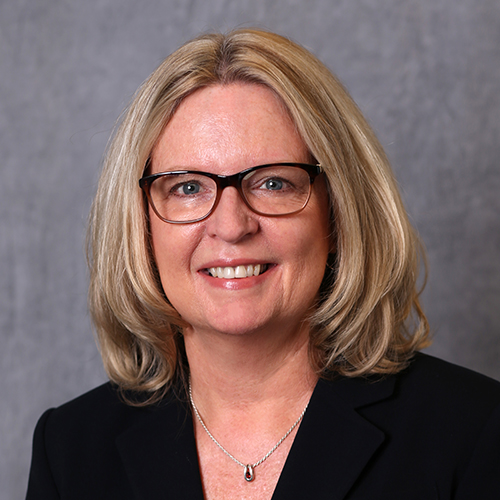‘Emergency Fund,’ ‘Rainy Day Fund’ or just plain old ‘Savings Account.’ We’ve all heard of these terms and most of us understand it’s important to have something set aside in case an unexpected expense comes up. Still, as a recent Bankrate poll would support, around 40% of households don’t have a budget to handle an unexpected expense of $1,000. And, of those who would have capacity in the budget, over 1/3 of them would have to make adjustments to their normal spending to accommodate the unexpected expense.
Many people think that needing an emergency fund doesn’t apply to them, but that simply isn’t the case! We need to move beyond thinking an emergency fund is for an unexpected expense and realize it is also for a sudden loss. An emergency fund can also help you handle unexpected financial hardships such as losing a job, losing a family member that supported you financially, or being forced to take unpaid leave from a job because of a health issue or disability.
How to Build Your Emergency Fund
The recommended amount of liquid savings for an emergency fund is six months of pay. Now, I understand that sounds like a lot, so let’s focus on what can be done and work up from there. Here are a few ideas to help you start building this emergency fund into your daily budget:
- Open Another Account – Sometimes the first step is the hardest. If you put all your money in your transaction account, you’ll be tempted to spend it. Opening the secondary account, whether it be a checking account, savings account or other, is the first step to putting money away.
- Setup Automatic Transfers – Most of us already receive our pay electronically. Instead of having all the money go to your transaction account, start splitting your pay. Even if it’s just placing $10-25 per pay period in that secondary account, you’re starting the habit and getting yourself on the right track. If you don’t get paid electronically, you can still have an automatic transfer setup with your bank to happen on the dates you’re paid, or even once a month when you’re most comfortable with it.
- Look for Easy Places to Cut Spending – If you follow the tips in this video on how to save more each month or in this article with seven easy ways to save more money, you may find yourself with a little extra cash. Make sure to hold yourself accountable and move some of that money to your secondary account when you can!
- Build and Stick to a Budget – You need to start by building a realistic budget and ensuring you manage this budget. It may seem simple, but paying closer attention to your finances could just be what drives new behavior.
If you’re still not sure where to begin, your banker should always welcome the opportunity to talk through these things with you. Please don’t hesitate to seek guidance and ask for help in building a plan if you need it.








 Equal Housing Lender. SBA Preferred Lender. NMLS #440379
Equal Housing Lender. SBA Preferred Lender. NMLS #440379